Step debug into g++ 6.4 stdlibc++ source
Did you know that on Ubuntu's 16.04 default g++-6 package or a GCC 6.4 build from source you can step into the C++ library without any further setup?
By doing that we easily conclude that a Red-black tree used in this implementation.
This makes sense, since std::map, unlike std::unordered_map, can be traversed in key order, which would not be efficient in if a hash map were used.
main.cpp
#include <cassert>
#include <map>
int main() {
std::map<int, int> m;
m.emplace(1, -1);
m.emplace(2, -2);
assert(m[1] == -1);
assert(m[2] == -2);
}
Compile and debug:
g++ -g -std=c++11 -O0 -o main.out main.cpp
gdb -ex 'start' -q --args main.out
Now, if you step into s.emplace(1, -1) you immediately reach /usr/include/c++/6/bits/stl_map.h:
556 template<typename... _Args>
557 std::pair<iterator, bool>
558 emplace(_Args&&... __args)
559 { return _M_t._M_emplace_unique(std::forward<_Args>(__args)...); }
which clearly just forwards to _M_t._M_emplace_unique.
So we open the source file in vim and find the definition of _M_t:
typedef _Rb_tree<key_type, value_type, _Select1st<value_type>,
key_compare, _Pair_alloc_type> _Rep_type;
/// The actual tree structure.
_Rep_type _M_t;
So _M_t is of type _Rep_type and _Rep_type is a _Rb_tree.
OK, now that is enough evidence for me. If you don't believe that _Rb_tree is a Black-red tree, step a bit further and read the algorithm
unordered_map uses hash table
Same procedure, but replace map with unordered_map on the code.
This makes sense, since std::unordered_map cannot be traversed in order, so the standard library chose hash map instead of Red-black tree, since hash map has a better amortized insert time complexity.
Stepping into emplace leads to /usr/include/c++/6/bits/unordered_map.h:
377 template<typename... _Args>
378 std::pair<iterator, bool>
379 emplace(_Args&&... __args)
380 { return _M_h.emplace(std::forward<_Args>(__args)...); }
So we open the source file in vim and search for the definition of _M_h:
typedef __umap_hashtable<_Key, _Tp, _Hash, _Pred, _Alloc> _Hashtable;
_Hashtable _M_h;
So hash table it is.
std::set and std::unordered_set
Analogous to std::map vs std::unordered_map: What is the underlying data structure of a STL set in C++?
Performance characteristics
You could also infer the data structure used by timing them:

Graph generation procedure and Heap vs BST analysis and at: Heap vs Binary Search Tree (BST)
Since std::map is analogous to std::set we clearly see for:
